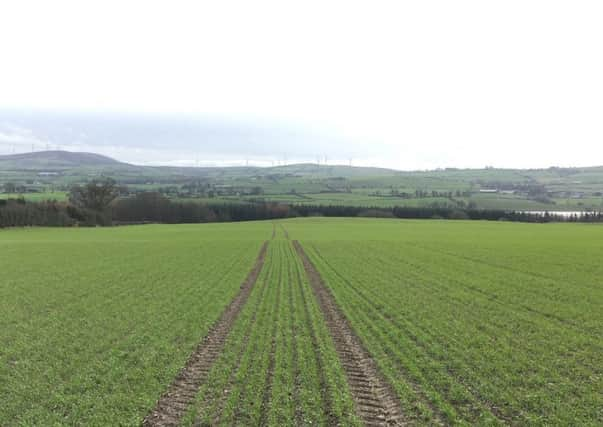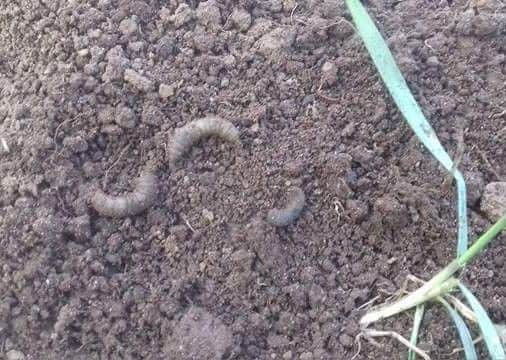DAERA Management Notes: Crops


Most autumn sown crops appear to have come through the winter in good condition. Winter barley will be ready for nitrogen (N) and should receive one third to half of total N during late tillering, usually before mid-March. For winter wheat a third of total N before the start of stem extension is sufficient, usually before the end of March. When dealing with any late drilled, thin or struggling winter crops, sow nitrogen earlier to encourage tillering. For all winter cereals this first fertiliser timing is the ideal time to incorporate at least 20 kg sulphur per hectare and also the time to top up remaining phosphorus (P) and potassium (K).
If autumn herbicide was not applied, prioritise winter barley as the few remaining grass weed herbicides effective for this crop only work on small grasses. The cut off dates for latest application are generally earlier than for winter wheat. Consult product labels carefully for latest application growth stages and dates.
Advertisement
Hide AdAdvertisement
Hide AdDue to the relatively mild winter disease is already active in some earlier sown lush crops. These crops would benefit from a T0 fungicide providing protection if the T1 spray is delayed.


Spring barley drilling and leatherjacket control
There is still time to soil sample fields before spreading slurry or farmyard manure. Soil sampling is money well spent as it highlights the P and K status of soils and lime requirements.
Sow as soon as a good seedbed can be created. Aim for a seed rate between 350 and 400 grains per square metre. The lower rate should suffice for March sown barley drilled into a good seedbed, increasing the seed rate in poorer conditions such as cold, wet or heavy soils or if sowing later.
In the absence of any chemical control of leatherjackets following the withdrawal of Chlorpyrifos pay attention to high risk spring barley fields where leatherjacket populations are high, particularly old grass leys being ploughed for the first time in many years. Minimise the risk of damage by drilling into a well cultivated, fine, firmly consolidated and warm seedbed where the crop can emerge quickly and grow away from the pest. Where leatherjackets are known to be a problem compensate for potential seedling losses with a higher than normal seed rate.


POTATOES
Seed preparation for planting
Advertisement
Hide AdAdvertisement
Hide AdAttention to detail during the handling and preparation of seed before planting can result in an increased early tuber yield, while optimising fry colour and skin quality.
It is important to carefully check the seed as it arrives on farm and have a sample hot boxed to determine the presence of disease and overall sprouting vigour. Treat seed with a fungicide pre-planting to reduce disease transmission and maximise marketable yield.
Sprouting and chitting
A number of systems are available for pre-sprouting including tray and bag systems. Systems must ensure adequate temperature control and ventilation (to control sprout growth and protect against frost) and light (to control sprout growth). Seed of early potato varieties should be set up in sprouting boxes to promote apical dominance, that is, producing one strong sprout per seed tuber, one stem and a small number of large tubers early. The opposite holds for maincrop potatoes where multiple sprouting is encouraged to produce many tubers which can increase in size over a longer growing season
Mini-chitting
Mini-chitting aims to produce seed tubers with sprouts no more than 2 mm long. Seed is stored at 3-4 oC until close to planting time. The refrigeration unit is then turned off for seven to ten days to allow chitting to occur. Once sprouts of 1-2 mm have formed evenly, the seed should be cooled down again to 3-4 oC to prevent further sprout growth up to planting. Mini-chitting, whilst not having the benefits of earlier harvesting associated with pre-sprouted seed, produces a crop that emerges quickly and evenly.